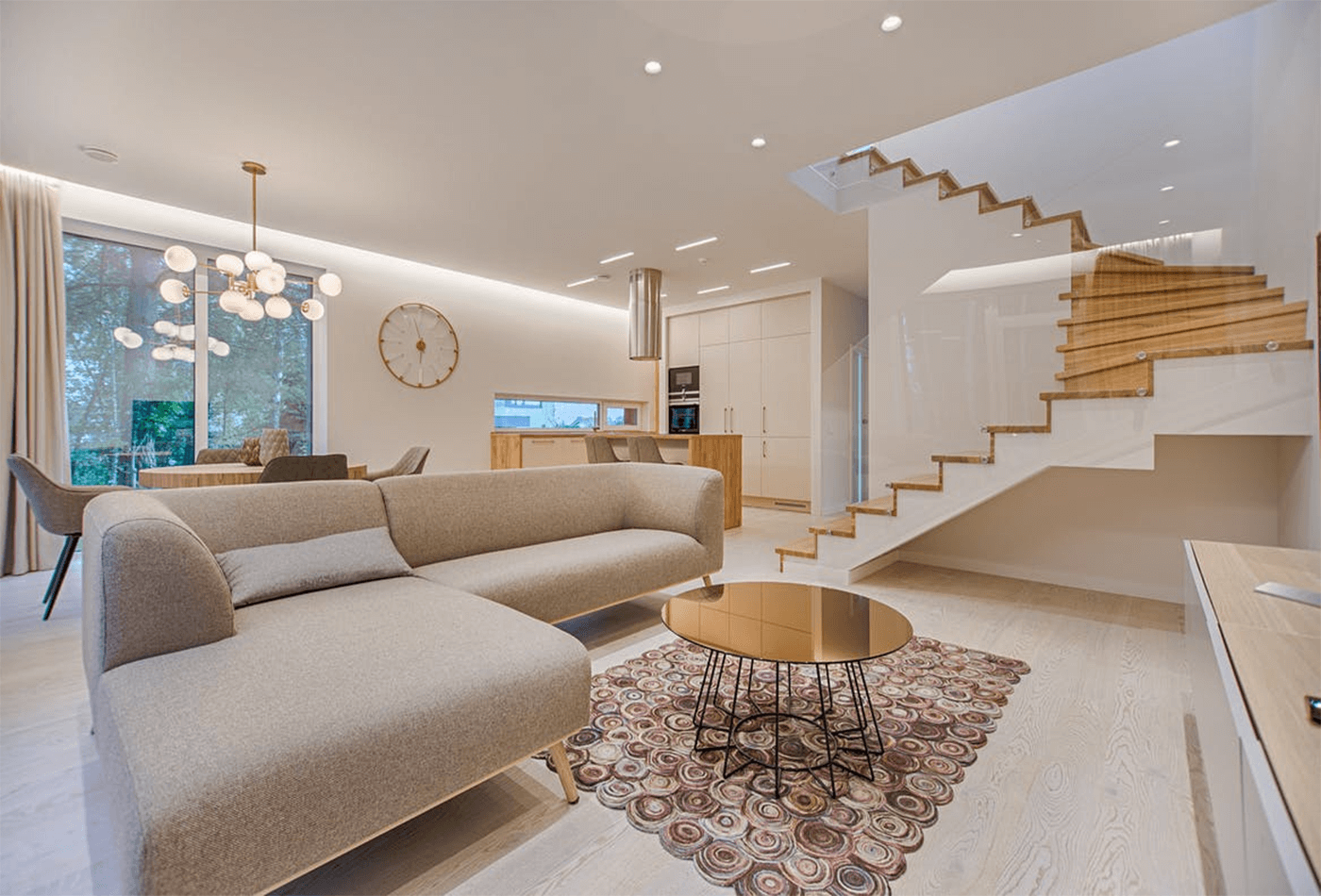Partner with an expert Architecture Firm for residential and commercial projects.
Partner with an expert Architecture Firm for residential and commercial projects.
Blog Article
Transform Your Home With Important Concepts of Inside Layout and Aesthetics
By recognizing the impact of shade concept and the importance of appearance and patterns, one can create spaces that are not only aesthetically appealing however likewise deeply individual. Achieving this balance involves more than simple design; it incorporates a strategic setup and an eager understanding of how each element engages within a room.
Understanding Shade Concept
Comprehending the principles of color concept allows developers to produce areas that resonate psychologically with passengers while meeting practical requirements. Each category plays an essential function in establishing harmony within a room.
The emotional effect of shades is extensive; warm tones such as reds and oranges stimulate energy and heat, while great tones like blues and environment-friendlies promote calmness and peace. The use of complementary shades enhances visual interest, producing striking contrasts that can elevate an area's appeal.
Neutral colors, on the various other hand, act as a functional backdrop, permitting other style elements to radiate. It is necessary to consider aspects such as lighting and the room's objective when selecting a shade scheme, as these can change the perception of colors throughout the day.
Eventually, a well-considered color design can change a room, promoting a feeling of convenience and style that lines up with the inhabitants' choices. Mastery of shade concept is, for that reason, an essential ability for any kind of interior designer aiming to produce unified and inviting settings.
Attaining Balance in Design
Exactly how can developers achieve a feeling of stability in their spaces? Achieving balance in style is fundamental to producing unified insides. Developers can utilize 3 main sorts of equilibrium: balanced, asymmetrical, and radial. Symmetrical balance involves arranging components evenly around a central point, promoting a sense of order and serenity. This kind often features pairs of furnishings or art work, enhancing visual stability.
Unbalanced equilibrium, on the various other hand, depends on varying elements that still achieve a natural appearance. This method enables more vibrant and casual plans, offering interest while keeping stability. By meticulously picking differing sizes, shades, and appearances, developers can produce an aesthetically engaging area that really feels well balanced yet energetic.
Radial equilibrium emphasizes a main centerpiece with elements radiating exterior. This style is typically seen in round designs, where furniture and style produce a cohesive border that draws the eye inward.
Ultimately, achieving balance calls for thoughtful consideration of range, proportion, and the partnerships between components. miami interior design. By masterfully using these balance concepts, designers can transform areas into environments that feel both aesthetically pleasing and functionally harmonious, enhancing the total experience for occupants
Significance of Spatial Recognition

A keen sense of spatial understanding permits designers to identify focal factors within a space, assisting the visitor's interest to essential features while preserving a general sense of unity. It also assists in the critical placement of lighting, which can substantially affect the understanding of space and state of mind. Moreover, comprehending spatial relationships enables the designer to deal with the certain demands of inhabitants, making certain that each area offers its desired function without endangering looks.
Ultimately, spatial recognition is essential for making best use of the capacity of any indoor space. By meticulously taking into consideration the interaction between measurements, layout, and function, developers can develop atmospheres that not just satisfy sensible demands yet likewise evoke a feeling of comfort and appeal, enhancing the general living experience.
Including Texture and Patterns
Welcoming a diverse variety of appearances and patterns can considerably boost the aesthetic and tactile charm of an indoor room. The calculated use different materials-- such as timber, metal, material, and rock-- creates depth and interest, making a room feel extra welcoming and dynamic. Combining smooth surfaces with rough structures can develop a balance that draws the eye and involves the detects.
When including patterns, consider both scale and repetition. Huge patterns can act as prime focus, while smaller, subtle designs can match various other aspects without overwhelming the area. Layering patterns, such as pairing floral pillows with candy striped tosses, adds complexity and a sense of harmony if carried out attentively.
It is likewise essential to maintain a natural color palette, making certain that structures and patterns interact instead of compete for interest. By picking a few key structures and patterns, you can create a combined visual that shows your personal design while enhancing the general setting of the space. Inevitably, the cautious consolidation of these components can transform a mundane area into a sophisticated setting abundant with character and heat.
Individualizing Your Space
Producing about his an area that shows your individuality is essential to achieving a truly inviting environment. Personalization in interior layout enables you to instill your special design and rate of interests into your home, transforming it from a mere sanctuary right into a shelter that speaks to who you are. Begin by picking a shade palette that resonates with your emotions-- bold colors can stimulate, while soft tones use peace.
Incorporate artwork and design that mirror your passions, whether it be traveling, nature, or abstract principles. Showing individual collections, such as publications, photographs, or souvenirs, can stimulate treasured memories and develop prime focus within a space. Additionally, consider customizing useful pieces, like upholstered furnishings, to straighten with your visual choices.

Verdict
In conclusion, the transformation of a home via the vital principles of interior decoration and looks demands a thorough understanding of shade theory, balance, spatial recognition, texture, and visite site personalization. Each element contributes dramatically to creating a harmonious and practical living setting - interior design firms. By attentively incorporating these principles, people can improve the visual charm and psychological vibration of their rooms, ultimately cultivating a home that mirrors one-of-a-kind identities while providing convenience and usefulness
Report this page